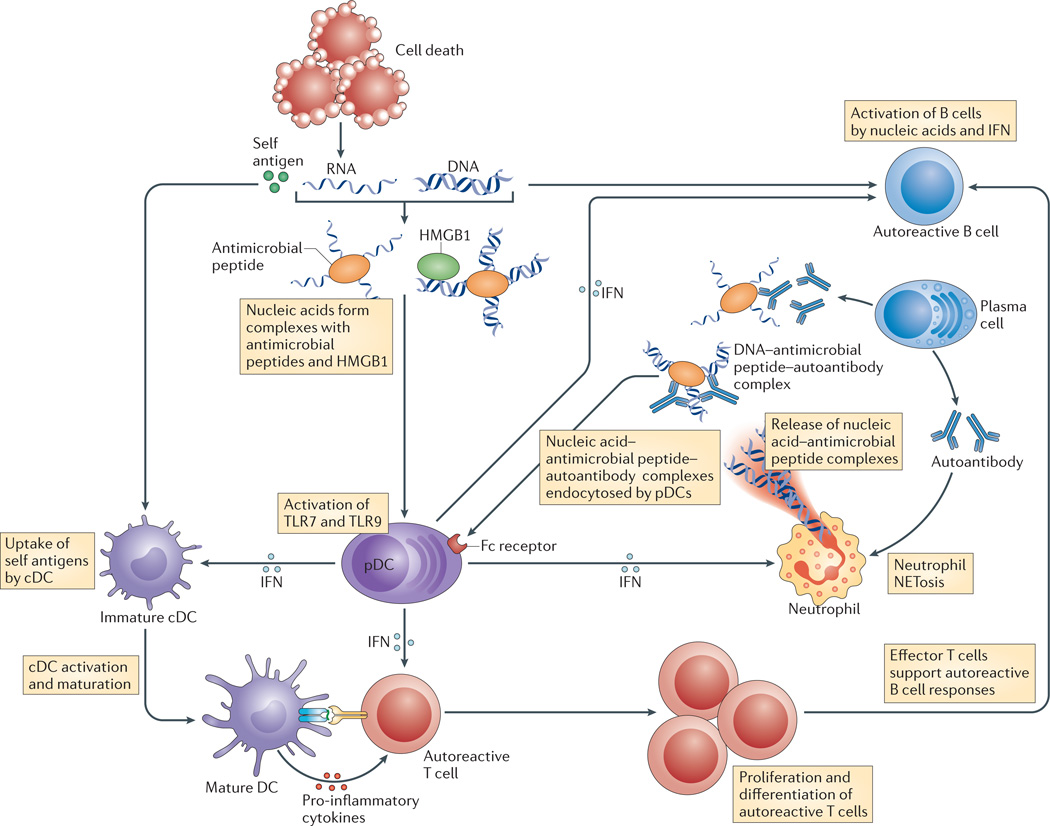Figure 2. The production of type I IFN by pDCs as a common mechanism of pathogenesis.
The production of type I interferon (IFN) by plasmacytoid dendritic cells (pDCs) is a common mechanism of pathogenesis in type 1 diabetes, systemic lupus erythematosus and psoriasis. Dying tissue cells release nucleic acids; these form large complexes with antimicrobial peptides, such as LL37 in humans and cathelin-related antimicrobial peptide (CAMP) in mice, and with endogenous DNA-binding proteins, such as high mobility group protein B1 (HMGB1). These DNA and RNA complexes activate pDCs via Toll-like receptor 9 (TLR9) and TLR7, respectively, and they induce the production of type IIFN. In turn, type I IFN promotes T cell activation, autoantibody production by B cells and the release of neutrophil extracellular traps (NETs) that consist of immune complexes that are preferentially endocytosed by pDCs via Fc receptors. Self-nucleic acids also activate classical DCs (cDCs) and they promote the release of inflammatory cytokines and the priming of T cells that are specific for self antigens in a process that is also facilitated by type I IFN82,83,95,110,111.

